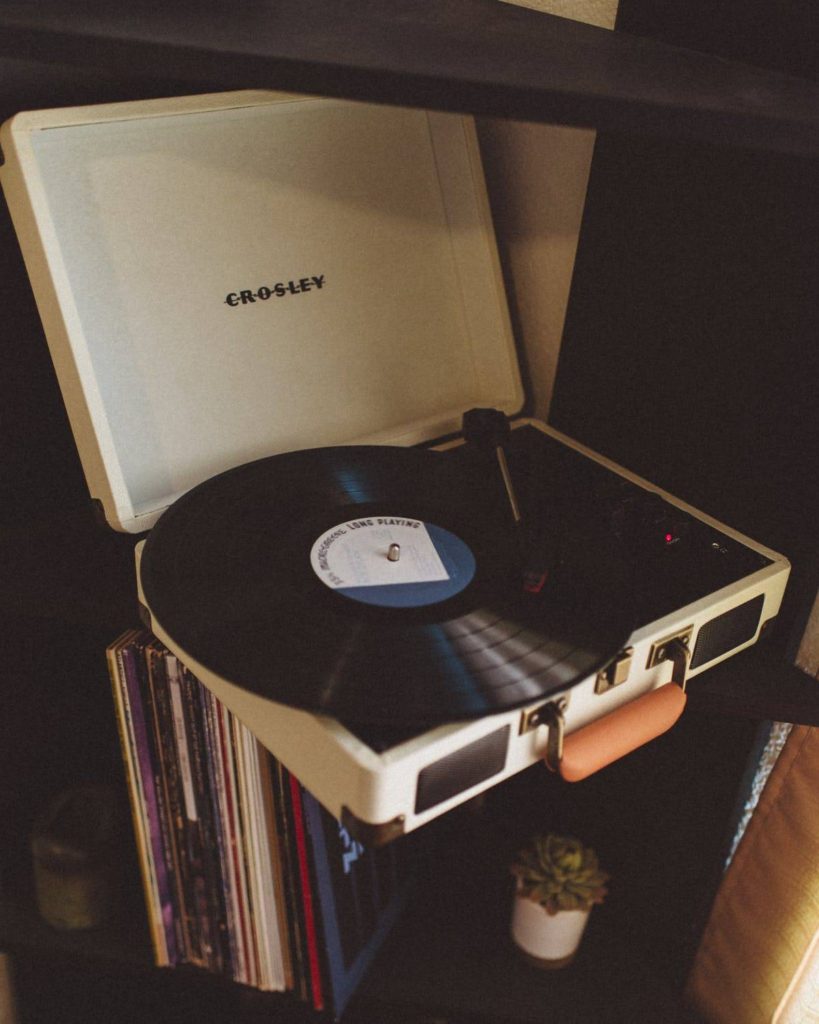A valuable Insight into the the basics of recording home demos.
It is not exactly a bold statement to say that technology has come a long way in recent years. Naturally, that has had a big impact on music and the way it is made. There was a time, not long ago, where recording a demo at home would have meant poor quality cassette tapes or huge rigs of equipment clogging up your bedroom. As time has gone on, things have become much more straightforward, and good quality recordings at home are absolutely possible, even if you’re a relative beginner.
The accessibility of home recordings has its pros and cons. If you get a whole band together in a bathroom and record the whole thing on a 10 year old phone, the chances are you’re not going to get anything useful. There are plenty of awful recordings out there. However, a few considerations and this can be avoided, and there is really no limit to the quality. Home recordings are even creeping into commercially released albums. Follow our top tips for the best quality demos and recordings at home.
Record to a metronome. It can be tempting to just throw your ideas down and not worry too much about timing, but if you record to a click track (easily set up on most music software) then the recording will become far more useful, allowing you to overdub more easily, start lining it up with samples and generally experimenting.
Think about acoustics. It is amazing how often this is overlooked. Each room has its own unique sound, and some are better than others. Generally, a room with more furniture around to ‘soak up’ the sound will create a more ‘dry’ recording environment. Reverb can be added later, but taking it away is a much more painstaking (and often impossible) task. Think about some homemade acoustic treatments or even putting some duvets up on the walls.
Invest in a microphone. Even if these are just demos to make sure you don’t forget at a later date, or to send to bandmates, the truth is that you can get some decent mics at a super low price. They may not be Abbey Road quality, but the clarity of a relatively cheap microphone will likely far exceed that of your phone or laptop’s inbuilt mic. USB technology has meant that the setup is quick and easy too.
Get to grips with some software. Most D.A.W or digital audio workstations are pretty simple to learn, at least at a basic level. Being able to make edits, multitrack and even play around with effects can add a whole new dimension to your sound, or totally transform the way a demo comes out.
It isn’t an exaggeration to say you can make an album at home, and for it to sound excellent, but this isn’t going to happen without a bit of knowledge and a lot of effort. Recording studios are always preferable, but going into rehearsals or recordings with a rough ‘sketch’ of how you think your tracks should sound is going to help no end in the long run. Following a few simple rules can catapult your demos from sounding like they were recording in a garage on an 80s tape player to sounding like the beginnings of a professional track.
courtesy of subreel.com



